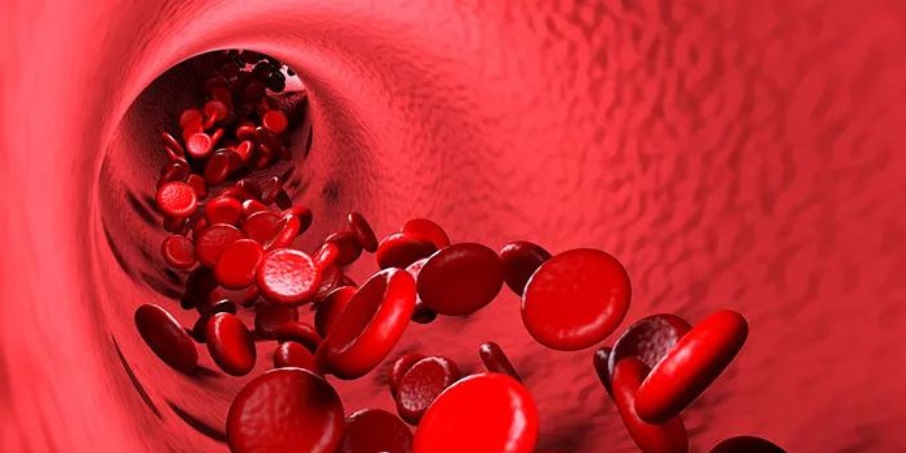
Paper Highlights Treatment for Ultra-Rare Type 1 Plasminogen Deficiency
Type 1 plasminogen deficiency, also known as hypoplasminogenemia, is a very rare genetic disorder.
A recent publication in the journal Haemophilia, represents a great opportunity to shed light on an ultra-rare condition that is perhaps lesser known to the broader bleeding disorders community. The article’s focus is the sole therapy approved by the U.S. Food and Drug Administration (FDA) to treat type 1 plasminogen deficiency, also known as hypoplasminogenemia. It is a very rare genetic disorder resulting in a deficiency of the plasminogen protein, which normally helps the body breakdown fibrin.
While the fibrin protein plays a central role in the formation of clots and the cessation of bleeding, it is also important that the clot is subsequently broken down. An accumulation of fibrin can cause growths (lesions) to form on mucous membranes that line the body, including the eye, mouth, nose, throat, windpipe, and female genital tract. Untreated lesions can impair normal tissue and vital organ functions. Severe forms of the disease can result in very serious symptoms including respiratory failure, neurological complications from fluid build-up in the brain. Damage to the eye is a prominent symptom of this condition as thick, wood-like lesions can form on the eyelids and result in blindless if not corrected. These and other impacts can degrade quality of life and even be life-threatening, signaling an acute need for effective therapy.
The phase 2/3 study highlighted in Haemophilia looked at the efficacy, safety, and pharmacokinetics of plasminogen, human-tvmh therapy, the one treatment that has been approved for this ultra-rare patient population. It is an intravenously administered, human-plasma-derived product that was approved by the FDA in 2021 to treat pediatric and adult patients with hypoplasminogenemia. It works by increasing the plasma level of plasminogen, temporarily correcting the deficiency by reducing or resolving lesions. It has been found to be effective in patients who have not responded to other treatments.
Investigators enrolled participants at two sites, one in Norway and one in the United States, between May-November 2016. Ultimately 15 participants (six children, nine adults) with hypoplasminogenemia completed the study. Of this group, a total of nine participants had 32 visible lesions and 10 participants had 15 non-visible lesions at start of the study, while four subjects presented no clinical manifestations at the outset. Visible lesions were observed in the eyes and the gums, with the former lesions being the most common. Lesions also manifested as abnormal wound healing in the form of acne, palmar/plantar warts, scars, and cysts. Non-visible lesions were located in the nostrils, respiratory airways, abdomen, kidney, colon, uterus, cervix, and vagina.
Plasminogen, human-tvmh was administered to participants every two-to-five days for 48 weeks and every one-to-seven days for up to 124 weeks. The overall clinical success rate was 100% at 48 weeks, with all subjects with any lesion at the outset having resolution of at least 50% of their lesions. All visible and assessable non-visible lesions responded completely or partially to the therapy, including complete resolution of 25 of 32 visible lesions and nine of 12 assessable non-visible lesions, plus improvements in the remaining visible and assessable non-visible lesions.
The authors noted that existing treatment challenges notwithstanding, plasminogen, human-tvmh remains the one viable, FDA-approved therapy for these patients.
“Besides plasminogen, human-tvmh, plasma-derived plasminogen eye drops have been developed and are currently being studied for the topical treatment of ligneous conjunctivitis, yet they are not commercially available,” explained the authors. “Given the poor efficacy of other existing therapies, intravenous plasminogen should be considered the treatment of choice for the resolution and prevention of recurrence for all lesions associated with plasminogen deficiency type 1. However, it may be difficult to administer to infants and young children in some instances as it requires intravenous access.”
The findings of these and other studies serve as reminders of the critical utility of viable treatments for ultra-rare bleeding and blood disorders, including the pursuit of the investigational therapies for patients still lacking access to effective treatment.
“Systemic administration of plasminogen, human-tvmh allows for the treatment of ligneous conjunctivitis as well as the other extraocular clinical manifestations of the disease. Hypoplasminogenemia, left untreated, may result in substantial morbidity and mortality as well as a decreased quality of life,” concluded the authors. “Plasminogen, human-tvmh represents a substantial improvement in the available options for treating this disorder for these subjects and their physicians.”
Citation
Shapiro AD, Nakar C, Parker JM, Thibaudeau K, Crea R, Sandset PM. Plasminogen, human-tvmh for the treatment of children and adults with plasminogen deficiency type 1. Haemophilia. 2023 Sep 6. doi: 10.1111/hae.14849. Epub ahead of print. PMID: 37674358.
Disclaimer: NBDF provides periodic synopses of articles published in peer reviewed journals, the purpose of which is to highlight papers that cover a wide range of topics and speak to a broad spectrum of the inherited blood disorders community. Topics include shared decision making, gene therapy, health equity, and more. NBDF hopes you find this content to be informative and engaging.
Any questions about the articles featured here should be directed to the publishing journal and/or the study authors. This content is for general information only. NBDF does not give medical advice or engage in the practice of medicine. NBDF under no circumstances recommends particular treatment for specific individuals and in all cases recommends that you consult your physician or HTC before pursuing any course of treatment.
Source: National Bleeding Disorders Foundation, October 2023